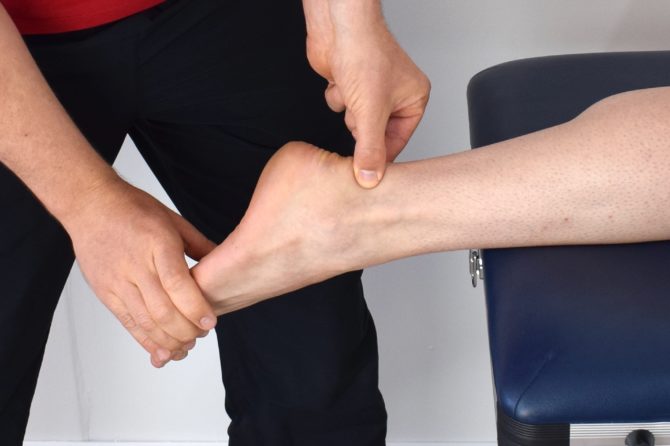
Plantar Fasciitis: Overview and FAQs
Plantar fasciitis. We talk about it a lot, and for good reason. There are more than 3 million cases treated in the US each year. Why is it so common? Because the plantar fascia is doing all the work, all the time.
The plantar fascia runs from the heel bone to the toes and supports the arch of the foot. The arch of your foot acts as a shock absorber with every step you walk or run. Think of the plantar fascia as the structural beam of a house. It supports the entire weight of the house and without it, everything collapses. Without the plantar fascia giving structure and bounce to the arch, the foot collapses and does not function properly.
Plantar fasciitis usually develops for one of two reasons. First, the arch could be flattening, straining the plantar fascia. Or, the Achilles tendon is shortening, causing increased stress on the fascia. Either way, it translates into your pain.
Plantar fasciitis develops slowly from the overall wear and tear of daily life. Our tissues and bones age as the rest of our body does. The stress of everyday activity can lead to a strain or tear. Other factors influencing plantar fasciitis include bodyweight, shoe choice, and genetics.
If you suffer from heel pain or pain along the bottom of the foot, call the FAAWC for an appointment today. You don’t have to live with plantar fasciitis. Talk to your podiatrist about solutions that will have you back on your feet in no time. 740.363.4373
